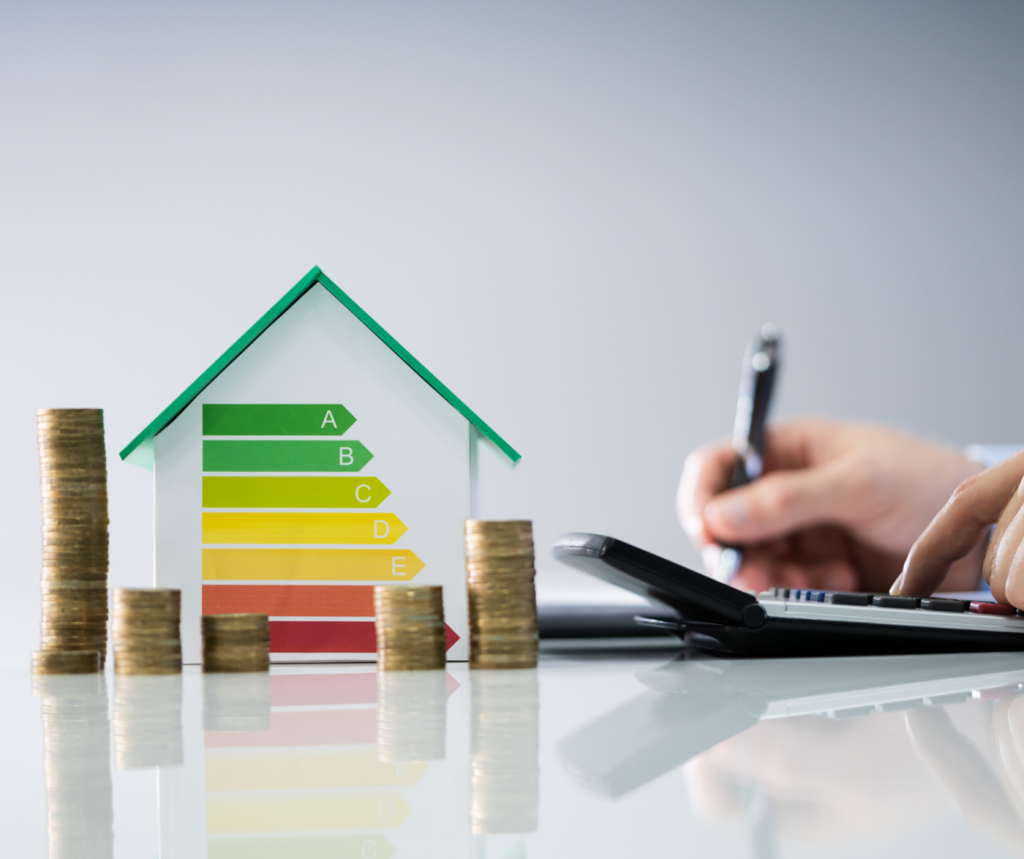It’s important to assess the health, environmental and economic effect on communities such as ‘low income’ who may be left behind.
There are many ways to start energy saving and overcome particular barriers and help these groups to establish energy saving solutions needed to meet the energy efficiency guidelines.
Low-income households are of course deeply impacted by the rising cost of energy prices bills and inflation.
The ‘energy burden’ is much higher for them, as the cost of energy prices will leave them with much less disposable income, meaning the burden is much higher. The level of ‘energy burden’ will also depend of location.
Across the nation low-income households spend 3x more money on energy prices than households with high levels of income.
How Is Are Low-Income Non Energy Efficient Homes Identified?
There are several measurement scales to define middle to low income households. A household’s status is often used to determine the amount of funding they will receive.
This is because there simply shouldn’t be a one size fits all approach. Each funding scheme should be catered towards particular needs, for example the cost of living may differ slightly between different areas.
Many factors could contribute to the level of energy burden. In other words, homeowners may feel the need to turn up their heating for a whole host of different reasons.
- Their homes may be lacking insulation, meaning that heat is able to escape easily through the walls and roof.
Good insulation helps to contain the heat and energy which has already been generated, almost like recycling it -reducing the need to turn your radiators up. - Another factor could be old and inefficient double glazed windows and doors. If windows and doors haven’t been replaced in a while, they could be lacking in thermal efficiency.
The seals of the double glazed windows could be broken, therefore allowing heat to escape.
Also if you notice decay, rot or mould festering in between the glass of your window, this could cause a decline in thermal efficiency. - Low income families may face difficulty accessing technologies which could ultimately make energy saving more affordable.
48% of middle-income household have adapted to such technologies since 2010.
It is often that an energy efficient home is required to effectively lower utility bills; however an energy efficient home and energy saving, double glazed windows and doors can leads to all type of other benefits.
Some of these advantages include indoor air quality, comfort and safety. It is proven that all of these attributes will positively affect your health and wellbeing.
Affordable Energy Saving Solutions
Luckily, there are many energy saving solutions that do not cost a thing!
- Turn down the thermostat by one 1 degree C.
- Do not over fill the kettle when boiling the water.
- Turning electrical items off rather than leaving them on standby.
- Turn the light off when not using them.
These may seem like simple changes for an energy efficient home. However these energy saving solutions can make a huge difference!
By adapting these habits over a year, you could easily save around 2,150 kWh of energy, which equals to a saving of a huge £150!
There are many other energy saving options, but these could set you back up to £50. It is highly likely that you will gain your return on investment.
The following energy saving measures would help any household increase the energy savings and create an energy efficient home.
- Receiving funding for the installation of new, energy saving double glazed windows and doors.
- Reflective radiator panels will help to make the most of small amounts of heat.
- Replace light bulbs with energy saving LED light bulbs.
Although low income household are considered the most vulnerable to the rising cost of inflation, this can still affect everyone. Did you know that the consumer price index increased by 6.2% across 12 months leading up to February 2022.
This is up 5% from the previous period. The continuous rise of inflation is putting all households on a budget. Energy saving isn’t the only increasing price, the price of fuel and the rate of VAT is also going to increase.
Aside from reducing your energy prices, adapting to an energy saving household is incredibly important to help mitigate the effects of global climate change for good.

